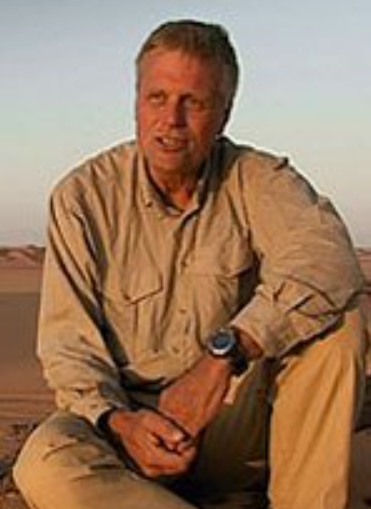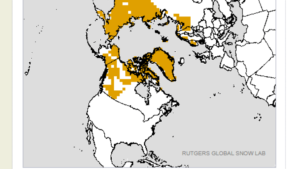par P. Gosselin, October 12, 2019 in NoTricksZone
It’s unusual to see rationality over climate change in the German media, but sometimes it manages to get through.
In April this year I missed an important podcast interview with one of the world’s most prominent Sahara Desert researchers, geologist Dr. Stefan Kröpelin, by the Düsseldorf-based German daily, Rheinische Post.

Image: University of Cologne
The two RP hosts conducting the interview seemed to expect Dr. Kröpelin would tell the audience how dire the consequences of man-made global warming are on the Sahara Desert and planet overall.
They didn’t get what they bargained for.
Warming does not lead to desertification
Instead, in the interview, Dr. Kröpelin rejected in very clear terms man’s major climatic impact and that global warming is only negative.
Kröpelin told listeners that history is very clear: When the globe is cold, the deserts expand. And when the globe is warm, deserts become greener and far more fruitful.
Kröpelin is a leading expert
Kröpelin has been studying the Sahara for over 40 years, spending weeks and months each year on site gathering data a reconstructing past climates. Naturedescribed Kröpelin as “one of the most devoted Sahara explorers of our time.”
At about 9 minutes into the interview, he explains how the Sahara was massive in size during the last glacial period, and that about ten thousand years ago it greened up once temperatures shot up early in the Holocene.
When asked (10:15) if he worries that things in the Sahara “will get much worse” due to climate change, Kröpelin tells the host and audience: “First, that is a statement I 100% reject”, adding that localized desertification has more to do with the population growth at the edges of the desert and that the people who live there are cutting down trees and extracting water from the ground.
Rising precipitation, shrinking desert
…


